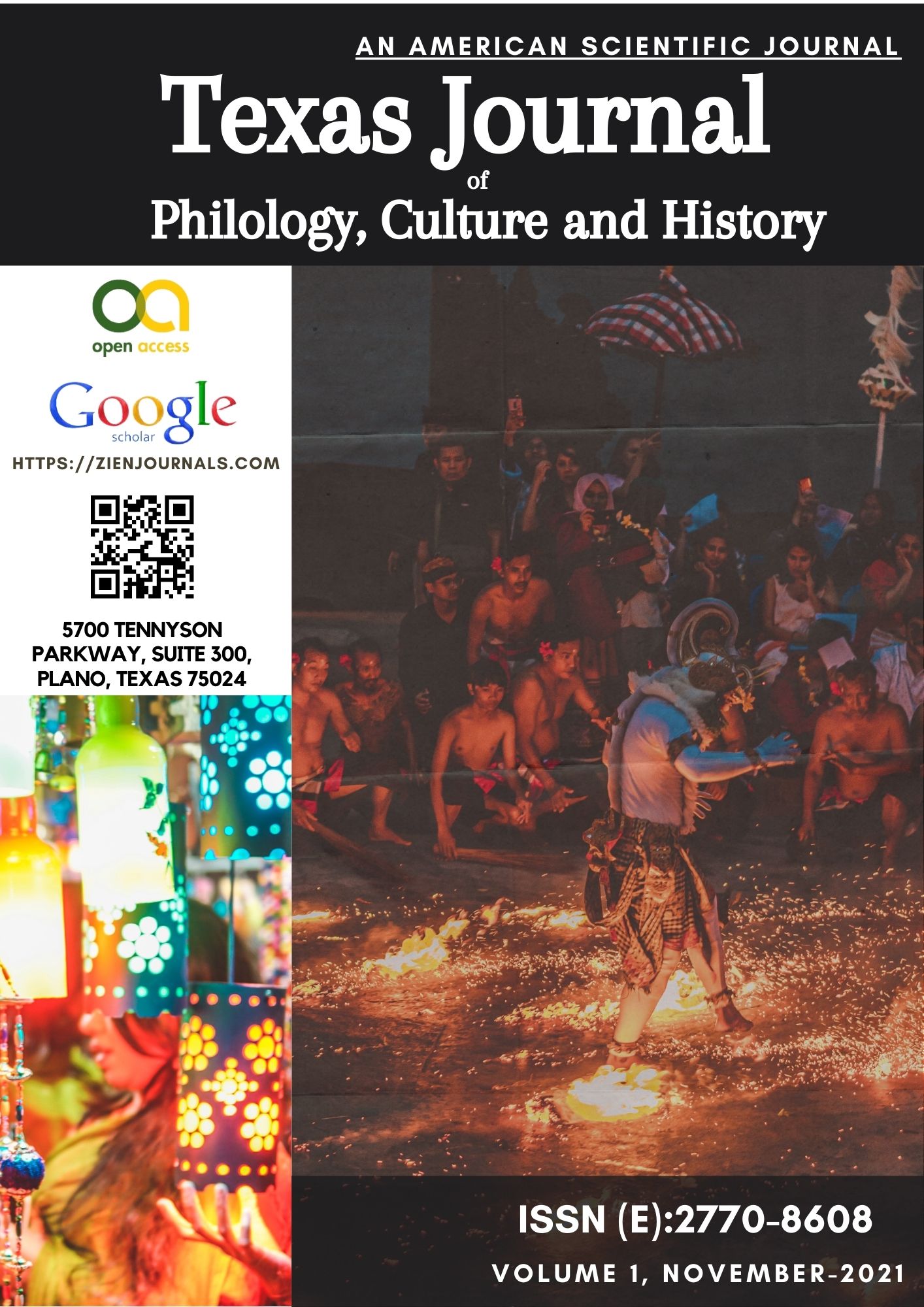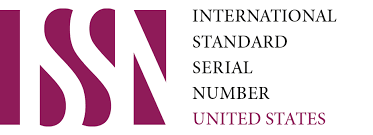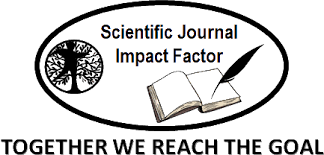The Role Of Symbolism In Postmodern Literature
Keywords:
postmodernism, symbolsAbstract
By contrasting its application with previous literary trends and examining how postmodernist writings use symbols to question meaning, identity, and narrative authority, this essay examines the function and evolution of symbolism in postmodern literature. This study shows how symbolism in postmodernism becomes a tool for challenging reality, upending interpretation, and expressing cultural disintegration through an analysis of important postmodern works and theoretical viewpoints
References
Linda Hutcheon (1988) A Poetics of Postmodernism. London: Routledge, pp. 202-203.
Lewis, Barry. Postmodernism and Literature // The Routledge Companion to Postmodernism. NY:
Routledge, 2002.
John Barth. "The Literature of Replenishment" in The Friday Book. Baltimore: Johns Hopkins
University Press, 1984
Cuddon, J.A. (2013). A Dictionary of Literary Symbols. Cambridge UP.
Eco, Umberto. The Name of the Rose. Harcourt, 1980.
Collado-Rodríguez, Francisco. “Trespassing Limits: Pynchon’s Irony and the Law of the Excluded
Middle.” Oklahoma City University Law Review 24.3 (1999): 471–503.
Pynchon, Thomas. The Crying of Lot 49. J. B. Lippincott & Co., 1966.
Baudrillard, Jean. Simulacra and Simulation. University of Michigan Press, 1994.
Downloads
Published
Issue
Section
License

This work is licensed under a Creative Commons Attribution-NonCommercial 4.0 International License.
User Rights
Under the Creative Commons Attribution-NonCommercial 4.0 International (CC-BY-NC), the author (s) and users are free to share (copy, distribute and transmit the contribution).
Rights of Authors
Authors retain the following rights:
1. Copyright and other proprietary rights relating to the article, such as patent rights,
2. the right to use the substance of the article in future works, including lectures and books,
3. the right to reproduce the article for own purposes, provided the copies are not offered for sale,
4. the right to self-archive the article.













